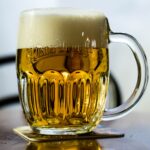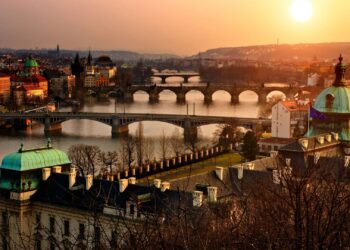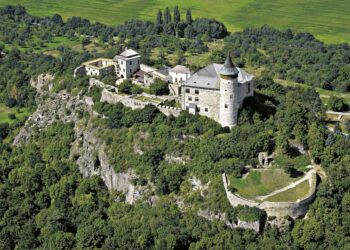TOURISM
- Ministry of Agriculture of the Czech Republic
- Ministry of Regional Development
- Ministry of Foreign Affairs of the Czech Republic
- Visit Czech Republic
- Visit Czech Republic - Wine paths
- Wine Travel in Czech Republic
- Expats - Wine Tourism
- Your guide to the world of Moravian and Czech wines
- Beer Tastings and Brewery Tours
- Czech Beer Museum
- Wallachian Open Air Museum
Czechia has fantastic opportunities when it comes to tourism and travelling. The country is home to a whopping 14 UNESCO World Heritage Sites, offering a wide array of possibilities when it comes to enriching cultural travel experiences.
Yet Czechia is not just a collection of old castles and fantastically preserved medieval city centers. There is also a network of national parks and vineyards that allow visitors to experience the Czech lands in a unique way. If you are looking for a more social experience, Czechia offers a vibrant nightlife with bustling pubs and bars where you can mix with locals and enjoy authentic Czech drinks. Whether you are a nature-lover or a social nomad, Czechia has everything you are looking for.
Whether you are a nature-lover or a social nomad, Czechia has everything you are looking for.
The area between Znojmo and Uherské Hradiště, with its plethora of vineyards, wine growing traditions, grape varieties and wine producing technologies, has a unique genius loci.
Czech beer is a national symbol, enjoying the Protected Geographical Indication status since 2008. The annual production of nearly 20 million hectoliters places Czechia 15th in the world (the biggest producer is the USA, followed by China and Germany).
Czechia is divided into two main wine-producing regions: Bohemia and Moravia, each with several subregions.
Moravian white wines are recognized worldwide. They have won many international awards and are well received even in major wine-growing countries such as France and Germany.
More than 1,200 kilometers of signposted cycling trails, known as the Moravian Wine Route, run through Moravia. The trails zigzag through the wine growing region, guiding you to vantage points, down alleys lined with wine cellars, and through many famous wine-growing villages. A cycling tour along the Wine Route is a good way to see the picturesque Moravian landscape with its historical landmarks and wonderful wines.

Czech beer types and categories
Czech beer categories:
Lehké (“light”) – mild and low alcohol percentage beer.
Výčepní (“draught”) – the most common type of beer with lower alcohol percentage
Ležák (“lager”) – usually stronger and have a more bitter taste.
Speciál (“special”) – really varies, usually strong and often special flavors
Czech beer degree scale:
Strength is labeled by degree scale. It is expressed as a weight percentage of sucrose. Most of the time it means that the higher the degree level, the higher the alcohol percentage and the more bitter the taste. By far, the most popular degree level is 10° and 12°, but it can be just any degree between 7° and 18°.
10° (desítka) – usually around 4% of alcohol
11° (jedenáctka) – usually around 4.5% of alcohol
12° (dvanáctka) – usually around 5% of alcohol
13° (třináctka) – usually around 5.5% of alcohol
16° (šestnáctka) – usually around 6.5% of alcohol
Czech beer colours:
Light (Světlé) – the far most popular beer in Czechia
Dark or Black (Tmavé) – sweeter, less bitter
Through amber (Polotmavé or řezané) – something between pale and dark.
© 2022 Ministry of Foreign Affairs








